The “Laputa Tree” is a hidden gem located in Amakusa, Kumamoto.
It’s actually a massive banyan tree within Nishihira Tsubaki Park, and due to the way its sprawling roots and branches seem to engulf huge rocks, it’s been nicknamed the “Laputa Tree,” as it resembles the ancient tree from *Castle in the Sky*.
Though it’s over two hours from Kumamoto City by car, the view alone makes it worth the trip.
I’m usually not the type to get excited about “power spots,” but if any place truly radiates that kind of energy, it’s this one. It genuinely felt like I received a dose of life force just by being there.
How to Get to the Laputa Tree (Nishihira Tsubaki Park)
The Laputa Tree is the local nickname for a large banyan tree found within Nishihira Tsubaki Park in Amakusa City, Kumamoto Prefecture.
So when setting your GPS or map app, search for “Nishihira Tsubaki Park” as your destination.
There’s no access via train or bus, so your only options are by car, motorcycle, or on foot.
Located on the western edge of Amakusa, it takes about 2 hours and 40 minutes by car from Kumamoto City. From Oniike Port (where ferries from Nagasaki arrive), it’s about 60 minutes, and it’s also about 60 minutes from Amakusa Airport, which connects to Fukuoka and Kumamoto.
Please drive carefully—the roads leading to Nishihira Tsubaki Park are very narrow, and it can be tough for two cars to pass each other.
| Spot Name | Banyan Tree in Nishihira Tsubaki Park (aka Laputa Tree) |
|---|---|
| Phone | 0969-42-1111 (Amakusa City Community Development Division) |
| Address | 4159 Oe, Amakusa-machi, Amakusa City, Kumamoto Prefecture |
| Guest Rooms | 108 rooms |
| Parking | Lot 1: 20 cars Lot 2: 30 cars In-park lot: 10 cars (All free of charge) |
| Web | Amakusa Tourism: Nishihira Tsubaki Park – Amakusa Travel Guide Official Site: Nishihira Tsubaki Park Information Site |
Reaching the Remote Nishihira Tsubaki Park at the Edge of Amakusa
After navigating a series of narrow roads barely wide enough for two cars, I finally arrived at Nishihira Tsubaki Park, on the far west edge of Amakusa.
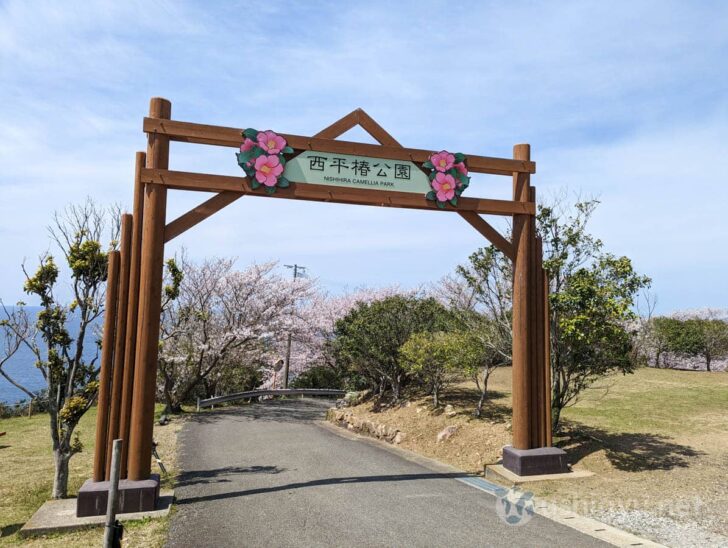
The entrance sits on an elevated spot, offering spectacular views. The contrast of lush green and vivid blue is simply stunning.
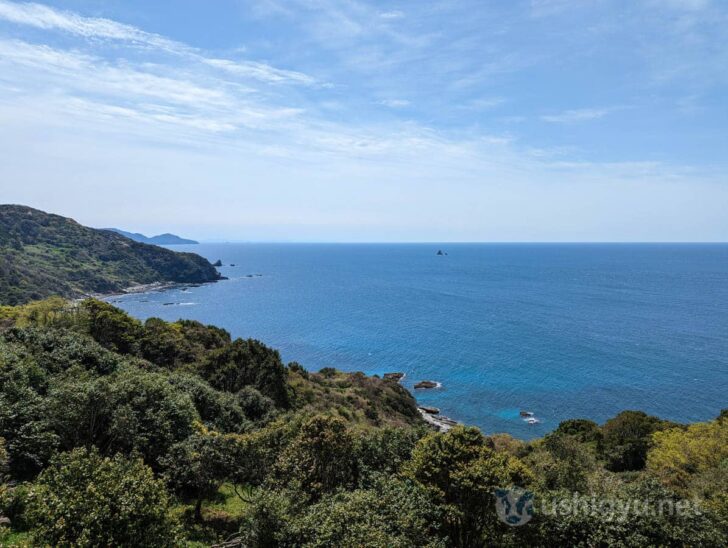
I visited on April 2nd. The cherry blossoms were past their peak but still in bloom.
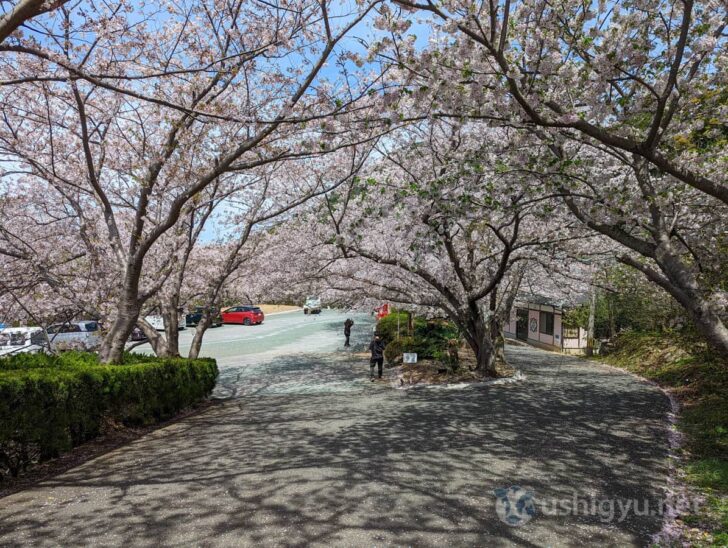
There aren’t many trees, but they’re beautiful. Definitely worth visiting during sakura season—just be cautious driving those roads!
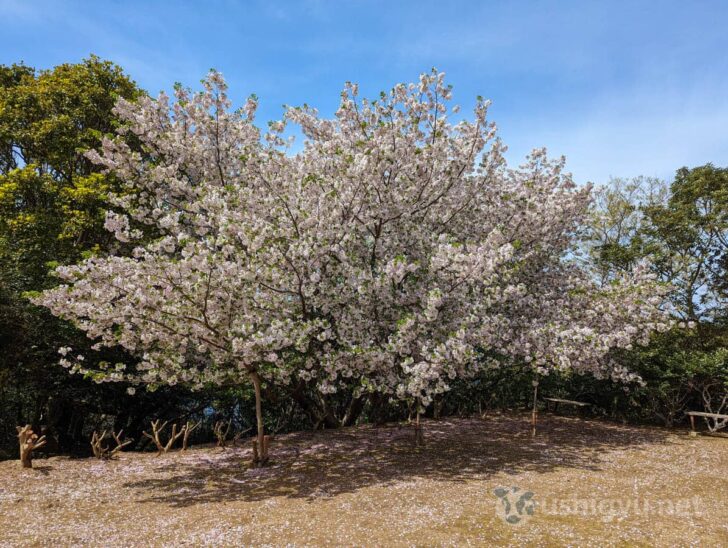
Behind the restroom area stands a large sacred rock wrapped with shimenawa rope. It’s literally called the “Great Rock of Nishihira Tsubaki Park.”

The Majestic and Lively Banyan Tree, Known as the Laputa Tree
The path to the Laputa Tree starts near this sign. This area is also listed among Japan’s 100 best sunset spots. The Laputa Tree lies just beyond.
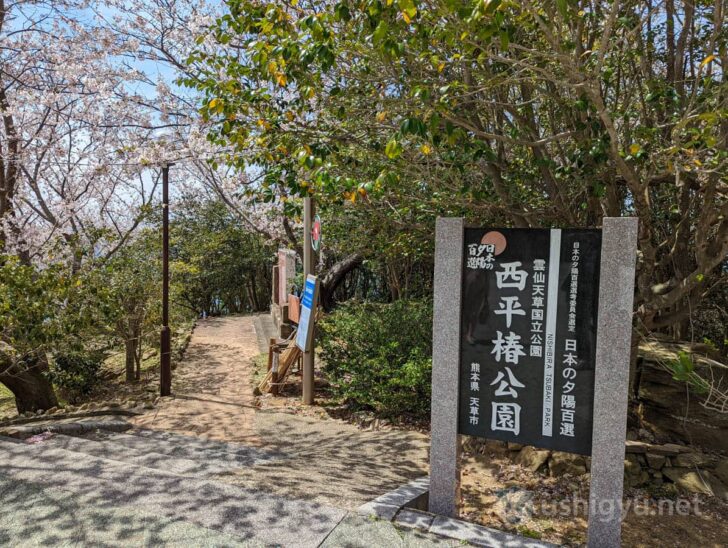
After descending for a few minutes, I spotted this sign pointing toward the giant banyan (Laputa Tree). I initially thought the tree was 150 meters away, but that was the viewpoint. The tree itself? You can already see it right there!
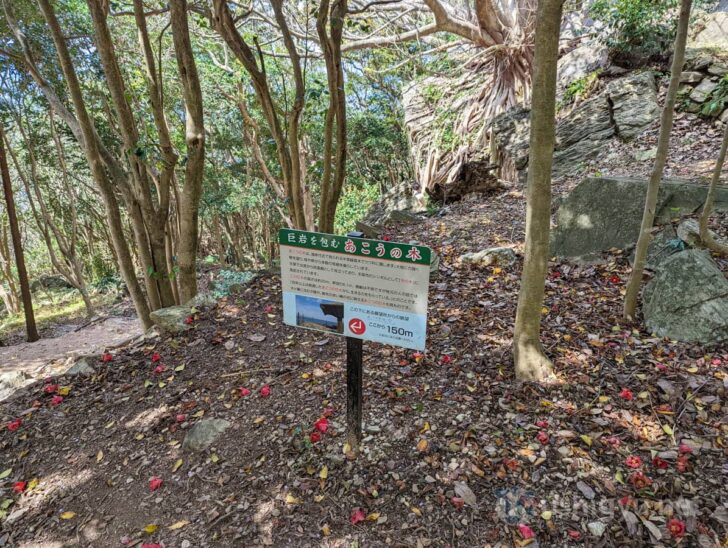
And here it is—the giant banyan tree wrapping around an enormous rock. You can see its scale compared to the person standing nearby. Absolutely jaw-dropping.

I stood next to it for scale—massive doesn’t even begin to describe it.
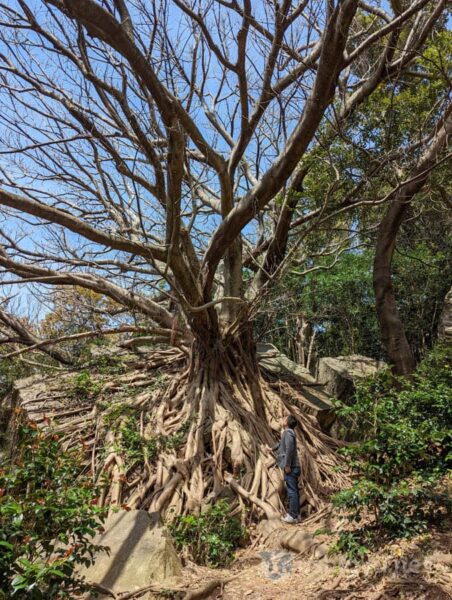
Its branches and roots spread out in every direction, radiating pure vitality.

I couldn’t find the perfect still from Ghibli’s *Castle in the Sky*, but do these two images help capture the atmosphere?
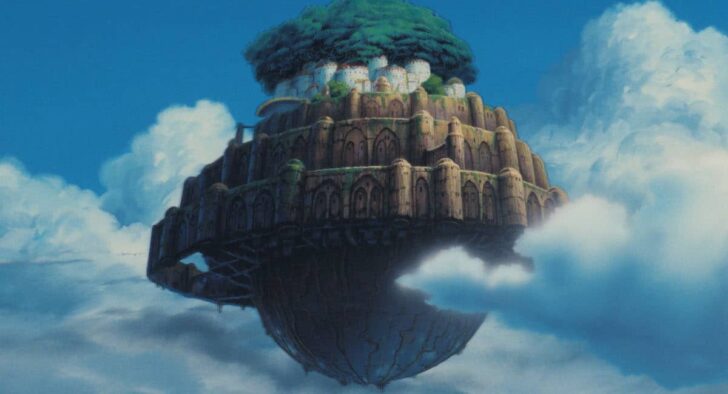
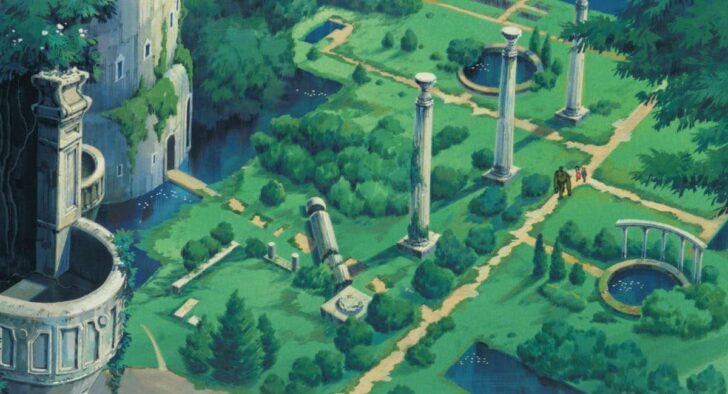
The roots extend as if trying to grasp and absorb the massive, jagged rocks—giving off a post-apocalyptic vibe. That’s likely why it’s been compared to the tree from Laputa.
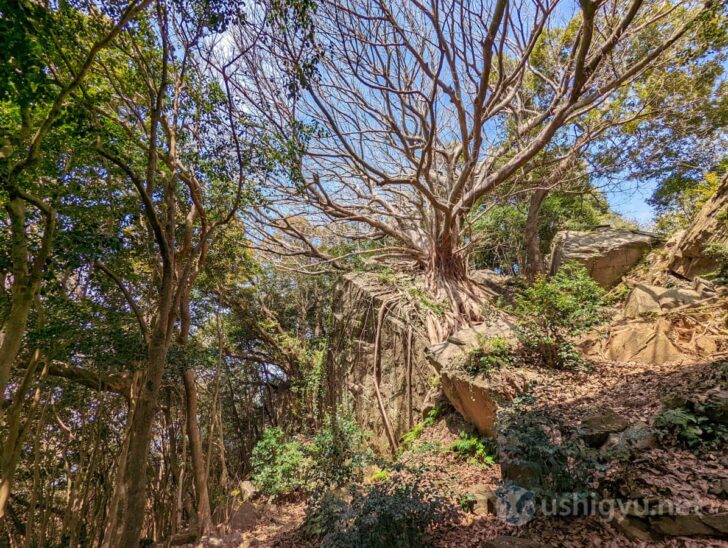
Final Thoughts
Amakusa in Kumamoto is not only rich in natural beauty but also known for its delicious food.
Though it’s a bit off the beaten path, the Laputa Tree in Nishihira Tsubaki Park is a unique and powerful sight—well worth adding to your travel plans. I’m truly glad I made the trip!
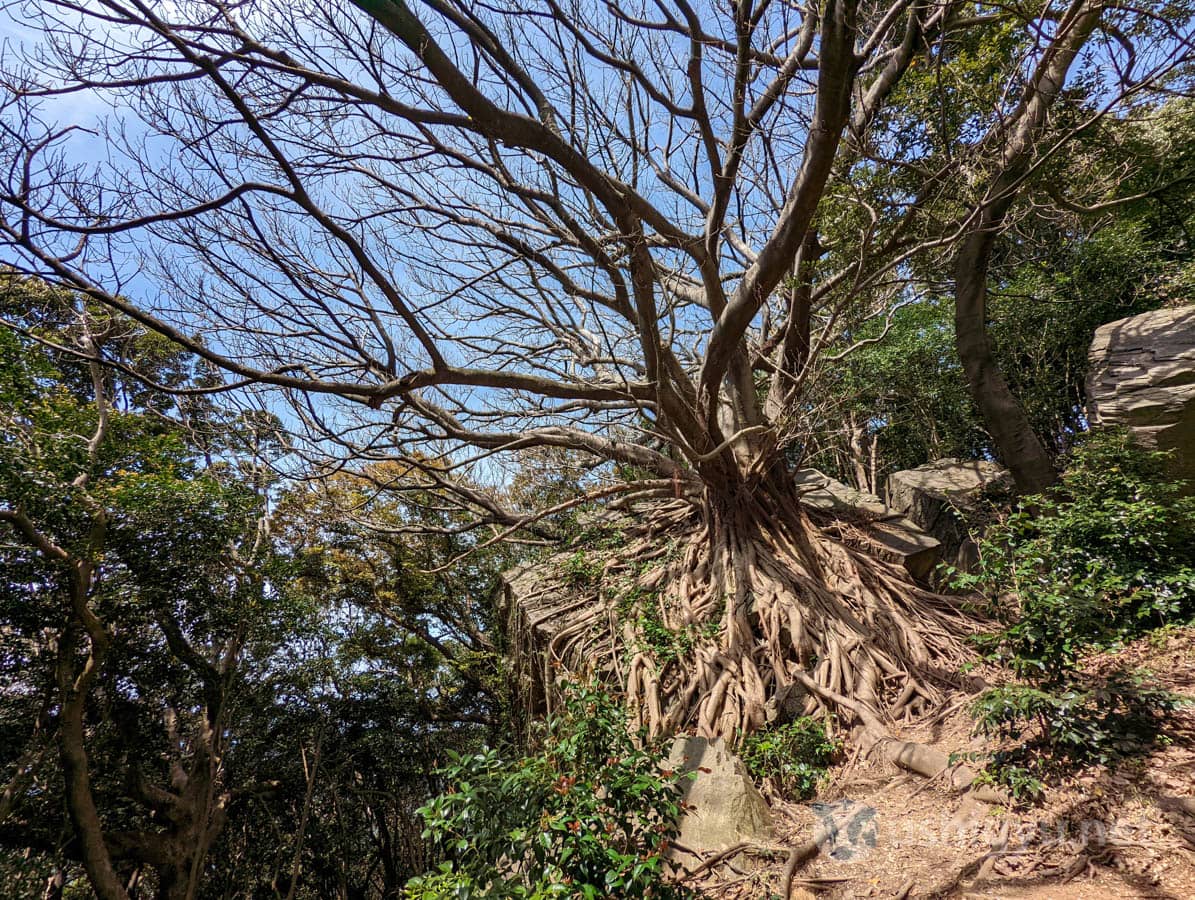


Comments